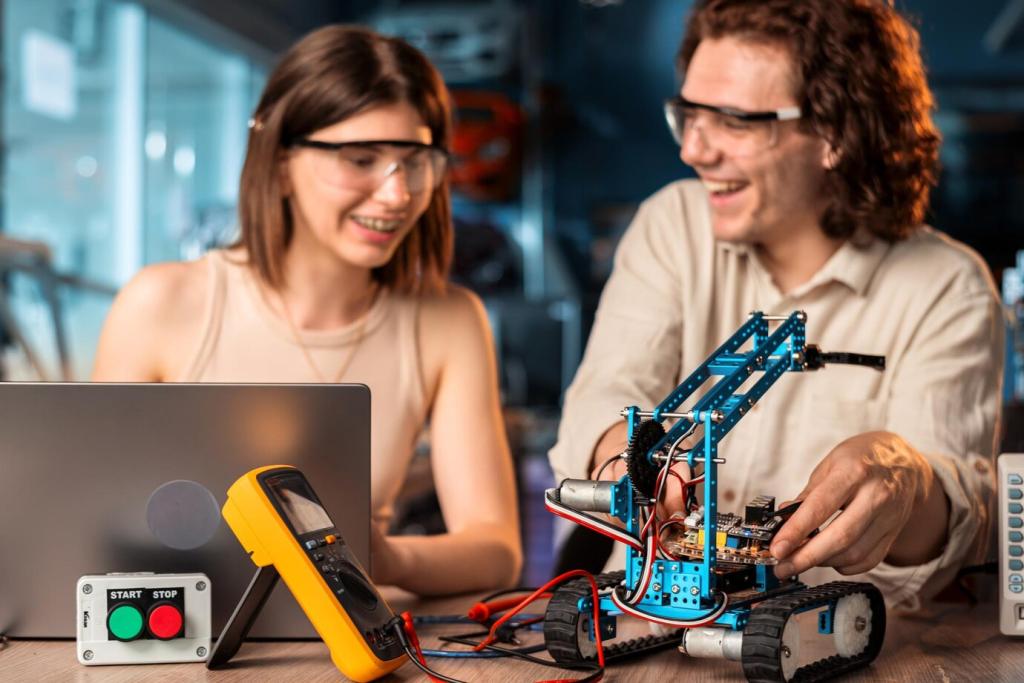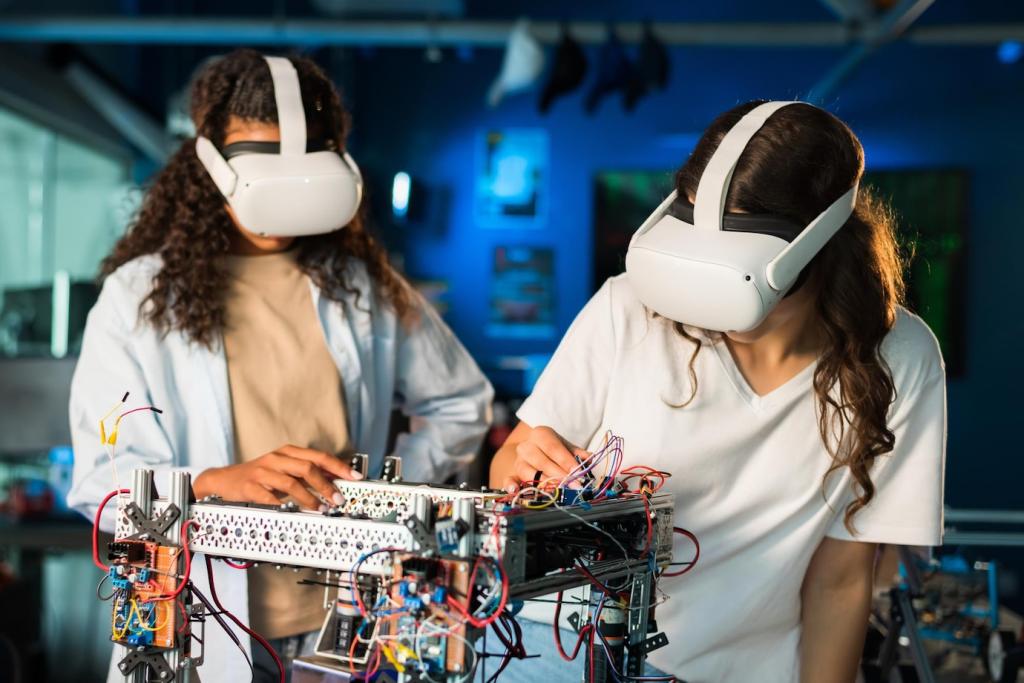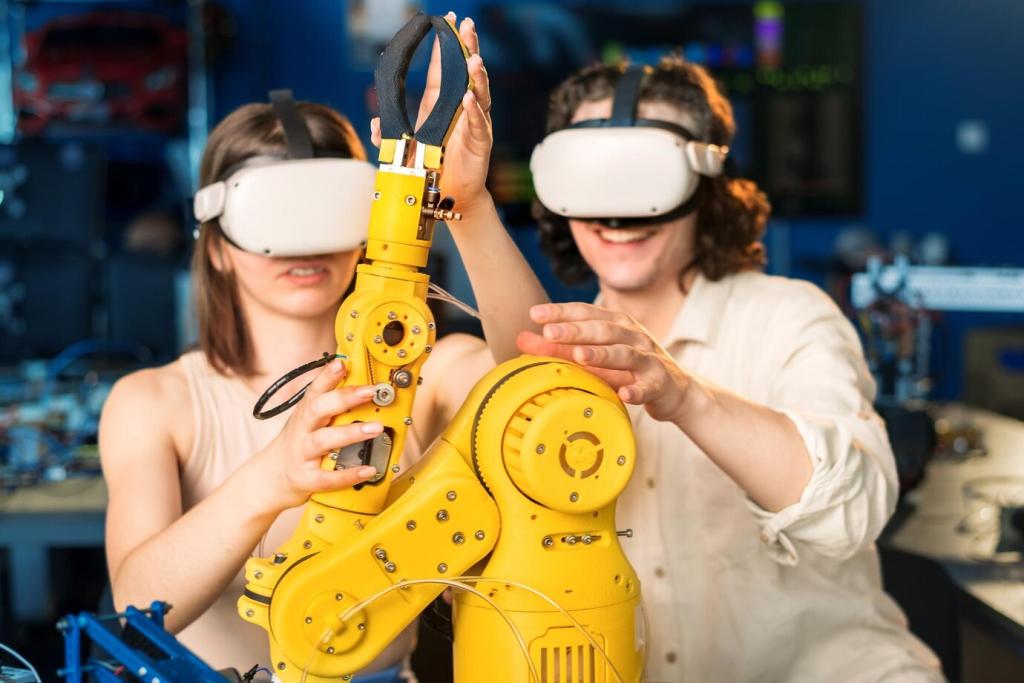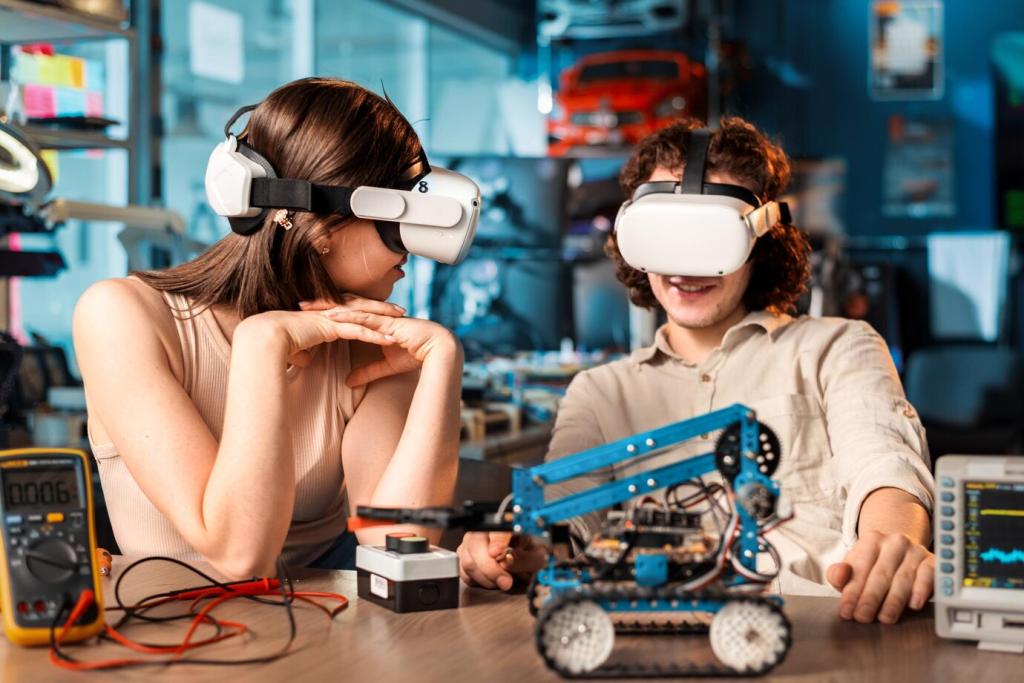Equity, Inclusion, and Accessibility
Offer multiple entry paths: block-based coding, physical coding tiles, and verbal planning boards. Provide tactile labels, color-contrast cues, and switch-friendly controls. Share which adaptations help your learners thrive, and we’ll compile an inclusive design checklist.
Equity, Inclusion, and Accessibility
Frame robot missions around local needs—water conservation, safe crossings, or school composting—so students see their communities reflected. Invite family stories and community experts. Comment with a local challenge idea, inspiring projects rooted in place and purpose.







